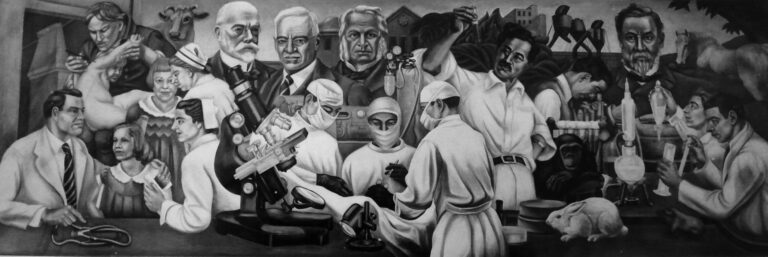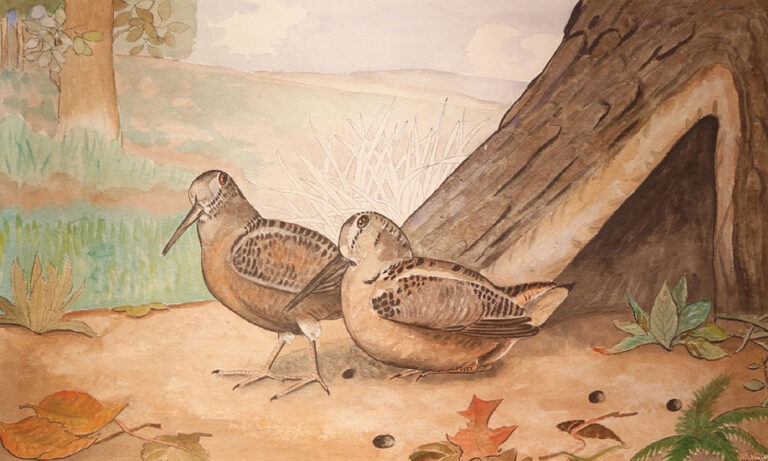The Great Depression and the New Deal
In the fall of 1929, the New York stock market crashed, ushering in the Great Depression of the 1930s. Galleries closed, painters lost patrons and museum support, and life was complicated. U.S. President Franklin D. Roosevelt launched the New Deal to alleviate economic conditions, which included employment programs for the arts. The Public Works of Art Project (PWAP), a six-month government employment program, was launched in 1933 and taken over by the Works Progress Administration (WPA) in 1935. The WPA had five cultural divisions: arts, drama, literature, music, and historical research. The Federal Art Project (FAP), part of the WPA, assisted unemployed artists by commissioning them to produce murals and other artistic works for public facilities. The WPA had eight categories: murals, easels, sculpture, posters, photography, graphics, crafts, and the production of American design catalogs. The WPA commissioned Japanese artists Eitaro Ishigaki and Sakari Suzuki to create murals.
See Projects

Eitaro Ishigaki and Sakari Suzuki’s Mural Project


